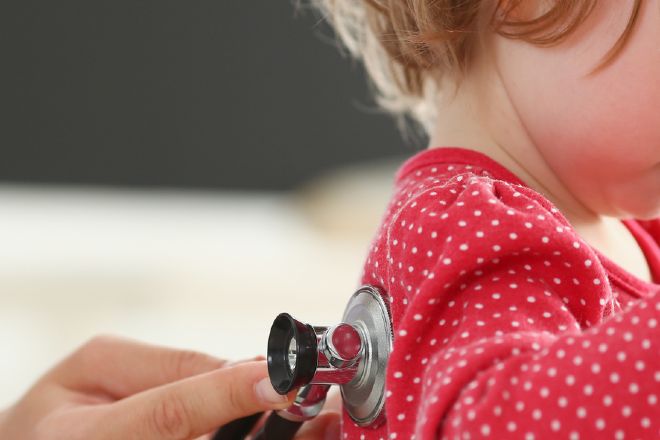Article by Michael Ambrose, M.D., SchoolDoc.com
When delivering health care at schools, serious mistakes and costly mishaps are significant risks. To reduce these risks and unnecessary liability, schools are increasingly adopting electronic health records. Our research at SchoolDoc, in fact, shows a 150 percent increase among private schools using an EHR. These systems generally help schools in three areas: collecting and reviewing health information, administering medications, and tracking illnesses and injuries.
Collecting health information
Paper records can be cumbersome and easily misplaced. EHRs offer complete documentation that is legible and organized, making school health clinics more efficient and helping school health staff avoid mistakes. EHRs can guarantee that a school obtains all crucial information, and can send automatic alerts to students and others with missing information. Because EHRs allow only authorized staff to review individual student and staff health forms, they help schools maintain security and privacy.
Administering medication
Medication errors are the most common type of medical error. EHRs can eliminate the problem of illegible handwriting and transcription errors. One type of EHR, an electronic medication administration record, can simplify collecting student medical record information during registration and ensure safer and faster medication administration throughout the school year. This technology helps schools document when students and staff receive medication, and also helps ensure that schools follow the "five rights" of medication administration: right patient, right drug, right dose, right time and right route.
Tracking illnesses and injuries
Tracking visits to the school health clinic on paper can be time-consuming and inefficient. Multiple users can access and enter data into EHRs, improving the flow of daily clinic calls and enabling meaningful use of collected illness and injury data. EHRs can help to curb illness before it spreads and prevent future injuries. For example, upon analyzing illness rates each week, a nurse may uncover flu like symptoms starting to spread throughout classrooms. Or reviewing injury trends, staff may discover that a certain playground activity has caused many sprained ankles and is more dangerous than initially thought.
Adopting EHRs
Every school that considers adopting EHRs should review its goals and needs in the decision-making and the implementation process. To ensure a successful transition, assess your school’s readiness to make the change. Are your administrative processes organized, efficient and well documented? Are clinical workflows clearly mapped out and understood by all health staff? Are nurses and health staff comfortable with technology? School health staff should also be prepared to change practices they may have had in place for years when adopting new best practices with EHRs. A designated leadership team and thoughtful implementation plan can help your school more easily adapt to the new system.



